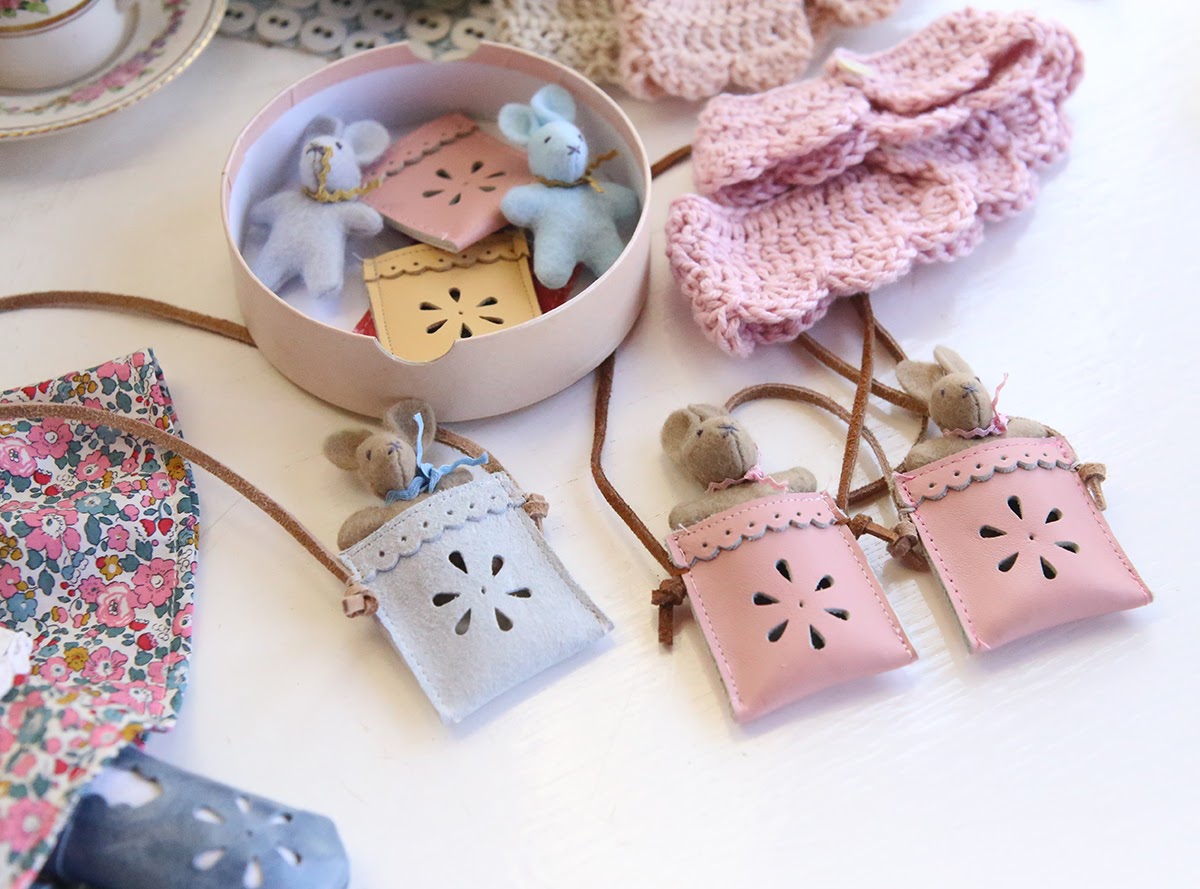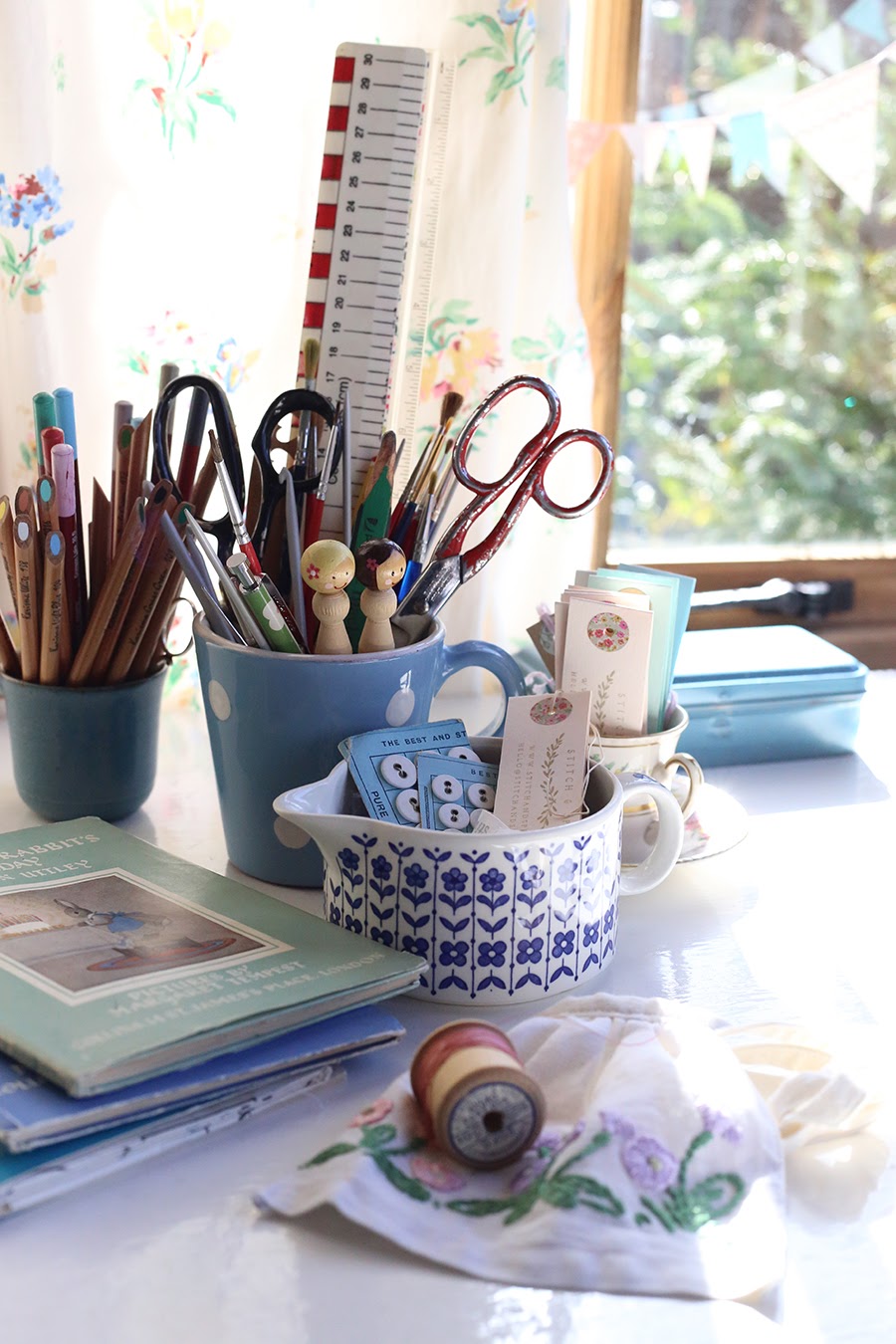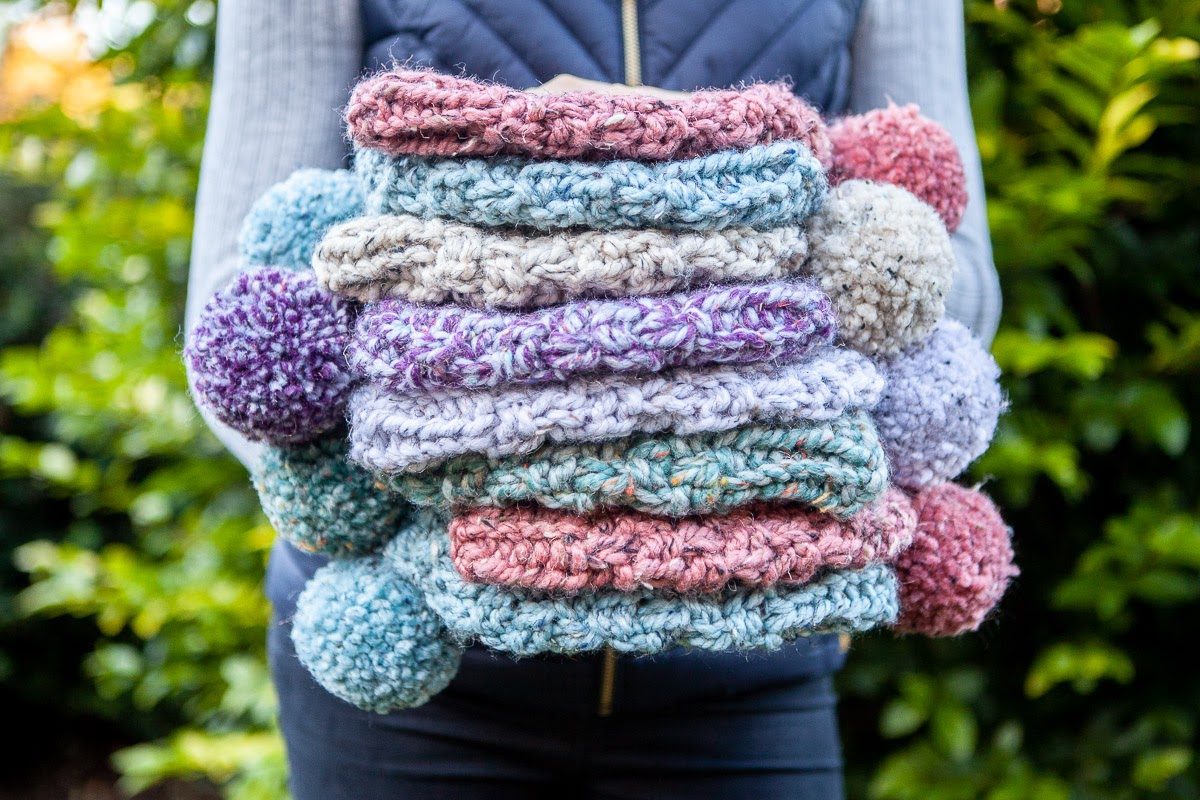If you’re an artist, designer or maker, either full-time or doing it as a side hustle, you’ll know there’s more to running a creative business than just creating something beautiful, original and eye-catching.
Even given the handmade revolution we’re currently experiencing – driven by the search for longer-lasting, more creative, ethical, locally-sourced and planet-friendly options – building a sustainable business is still hard work.
So where do you start? How do you turn likes into sales, and is there a secret to success when selling art or craft online?
After more than a decade as the home of British craft, we at Folksy have seen many creative businesses thrive, but just as many struggle and give up. We know what it takes to flourish and where mistakes are easily made, and we want to share that knowledge with you to help your business grow.
In this article, we’re going to show you how to make your shop more visible on the internet, share steps to ensure the creative business you are building is sustainable, and give you an action plan and practical exercises to help you apply the advice to your own business.
Even if you’re an established seller, a lot of tips here should be useful. So, whether you’re just starting out or a designer-maker looking to grow and get more sales, follow these 7 steps and you’re more likely to have a successful creative business on (and made by) your hands!

Credit: Maya Croft
Tip 1. Do one thing well
It’s a common mistake, especially when you’re just starting out, to think that if you have a wide variety of products and offer lots of choice, you’ll appeal to more customers. For most designers and makers, the opposite is actually true: limit your product range and you’ll have a stronger business.
If you try to please everyone, your shop will end up feeling muddled, and so will your social channels. Customers need to understand who you are and what you make, and trust that they are buying from someone who really knows what they are doing.
Focusing on one thing also makes it easier to define your customers, target your marketing, hone your skills, and build a reputation as the go-to designer for that specific product or style.
Exercise 1: Think about what you make. How could you narrow it down to make it appeal to a niche market? For example, if you enjoy sewing and want to open a shop selling your stitched goods, what could you specialize in? Is there a community you could create a particular product for?
Exercise 2: Think about how you can reach this niche market. Where will you find them, what do they read, who do they follow, what words would they type into search engines?

Credit: Mani Annie Art
Tip 2. Build a strong brand
The most successful brands invest time and money in building a strong identity. Even as an independent maker, a strong brand will help your business.
Having a strong brand identity is much more than a name and a logo; it’s understanding who you are, why what you make is special, what your story is, and then projecting those core values in everything you do – from your shop name to the photos you post on Instagram, the voice you use in your item descriptions and on social media, and how you style your product shots.
It’s also much easier to build a strong brand if you make niche products for a niche market.
Exercise 1: Write a tagline that distills your brand into one short sentence.
Exercise 2: Try writing a strong ‘About Me’ section for your online shop. How can you tell your story and convey your brand values and ethos? Try to incorporate keywords that relate to your business to help people find your shop on search engines too.
Tip 3. Price your work properly
Pricing your work is a major worry when setting up any business. You need to hit that ‘sweet spot’ where your work sells and you make a profit. If you want to have a healthy business, it’s worth investing time at the beginning to get your pricing right. Otherwise, even if you get lots of sales, your business will fail.
Factor in everything (time, materials, packaging) and consider whether you want to sell your products wholesale in the future, as this will affect the retail price. Don’t forget potential promotions either. If your margins are rock-bottom slim, you’ll struggle to ever offer any discounts (and people do love a good discount!). For example, if you want to be able to give customers special offers to encourage repeat orders, discounted or free postage, or run Christmas promotions, you’ll need a little bit of wiggle room in your prices. You also need to think about where you want to sit in the market. Is what you do luxury, or would you rather make affordable art for the masses?
Whatever some people might tell you, there is no magic one-size-fits-all formula when it comes to pricing, but there are some methods that can help you come to a price that gives you enough profit to maintain a sustainable business.
Exercise 1: Calculate the cost price (not the retail cost) of one of your products using our free profit calculator to help you.
Exercise 2: Once you know the cost price of a product, calculate the retail price. There are various ways to do this – you could set a multiple of your cost price, or add on a set amount as your profit. Or you might prefer to set your retail price based on comparable products and what a customer expects to spend. Find the one that is right for you, but bear in mind that if you sell to shops they will take a percentage of the retail price (often 50% or more), that it’s useful to leave room for offers and promotions, and also that if you go below your cost price you will be making a loss.

Credit: Katy Livings of Stitch and Sprig
Tip 4. Create great product listings
Once you know the focus of your business, understand your brand and where you want to place yourself in the market, you’re ready to get your products listed online and get them in front of people.
To get your listings seen on search engines like Google and on your chosen marketplace, you need to write clear, easy-to-read titles and descriptions that contain words someone might use to find your product (these are called keywords). A search engine can’t “see” your photos, so think how you would describe your product to someone over the telephone. Include as many details as possible so the customer has all the information they need.
Don’t forget to add lots of tags to your listing, as these will help your product get found too!
Use this 5-step checklist for all your listings:
1. Do you have great photos of your product? We’re always talking about the importance of product shots, but better photos really are more likely to get shared, featured, get people interested and get your work sold. This is important because the more links into your product, the higher it ranks on Google – plus every share is a chance to get seen by a new customer.
2. Have you included ‘keywords’ that people use on search engines in your product title, description and tags? Finding the best keywords for your products involves a little bit of research on your part – possibly by asking your friends or family what words they would use to describe your products, using tools like Google Trends and Keyword Finder, Ubersuggest and Keywords Everywhere to see which words people type into search engines to find products like yours, or typing words into Google and looking at the similar searches it suggests. Then incorporate these words in your titles and descriptions as part of easy-to-read sentences.
3. Have you removed as many ‘barriers to sale’ as possible? The first job of a listing is to attract potential customers, but once they are there, the listing still has to turn that view into a sale. To do that, you need to make sure you have included all the information a buyer might need (eg dimensions, materials, how you will post it, how quickly you will post it).
4. The single biggest reason people don’t go through with an order is the cost of postage (44% of shoppers abandon an order because delivery costs are too high). So consider offering free postage and look at your postage costs for additional items – if you don’t want to charge postage on additional items, set the amount to zero).
5. Get that listing shared! You can share it yourself on your social media channels (Pinterest comes in very handy here as pins last forever) but a feature with a link through to your shop on a well-respected blog, magazine or website is marketing GOLD. Not only will it give buyers more confidence in buying from you, but a feature on a popular website will greatly increase the chance of your product appearing higher up in the search engines. The more relevant links into your product, the better, as it will boost your ranking on Google.
Exercise 1: Choose a product and ask a friend to describe it to you and what they would type into a search engine to find it. Pull out the ‘keywords’ from their description and find out how many people search for those keywords every month on Google. Remember: keywords aren’t necessarily single words, they can be strings of words too (like ‘jug for flowers’). Does the number of people searching change if you move around the words (ie gift for bridesmaids, bridesmaid gift) or are there alternative words you could use that are more popular (eg pottery vs ceramics).
Exercise 2: Incorporate the keywords into the title and description for that product (make sure they form part of legible sentences) and choose 15 keywords and phrases to add to its tags.

Credit: Elby Brown Jewelry
Tip 5. Always have great photos
Shops with good product photos sell more. No matter how amazing your products are, if you don’t have great photos they are less likely to sell. Your pictures can make the difference between a sale and a scroll – and it’s not just about grabbing their attention, it’s also about giving a customer confidence in you and your product.
As we mentioned in Step 4, good photos will also help you get press and lead to more shares on social media – and that’s great for getting seen because with so many products out there, you need as many links into yours and shares as possible.
Ideally, you want to aim for a consistent style and look to your photos as this will help reinforce your brand and make your product shots instantly recognizable as yours.
Remember that when shown on particular pages of websites and marketplaces (e.g. search results and your shop page), photographs may be cropped, often, as on Folksy, to a square. So although you can use landscape-format or portrait-format photos in your listing (in fact, tall photos do particularly well on Pinterest, and so can be a great asset), make sure your photo looks good in the frame, that it fills the space and that the product is easily identifiable and visible when cropped.
Exercise 1: Set up a space in your house or studio, choose one or two of your products and spend a few hours photographing them. Try using different props and backgrounds. Try shooting from different angles and heights.
Exercise 2: Ask people which photo they prefer. Is it clear what you are selling? Which props and background work better? Friends and family come in handy here or you could post your photos in this thread on our forum – Put Your Product Shots Up For Review!

Credit: Katy Livings of Stitch and Sprig
Tip 6. Use social media
Once your shop is up and running, you need to tell people about it! One of the best ways to do that is through social. There are lots of different channels – Instagram, Facebook, Twitter, Pinterest – and each has pros and cons. You don’t need to cover them all. To start with, choose the one that your target customers use the most and focus on that one. Remember though, social media is just that – it’s social. You need to interact with your followers, not just post and run.
Social media is an amazing tool for sellers – not only is it free, but it allows you to build a relationship with your customers. It allows you as the maker to build a customer base of fans who love your work and want to know more about what you do. The trap a lot of people fall into, though, is to think of it as free advertising. If you approach social media just as a place to promote your products, you’ll probably fail. Social media is all about being sociable – the clue is in the name.
Use hashtags to connect with people interested in similar things and start conversations, join in with Instagram challenges, be interesting, engaging and genuine, and spend as much time commenting on other people’s posts as you do on your own.
Exercise 1: Choose one or two makers you admire and spend some time looking at their social channels. Which ones do they use? How do they get their followers to engage with them? What kind of content do they post? If they are on Instagram, which hashtags do they use? How do they use Instagram Stories? How much of their life and self do they choose to share?
Exercise 2: Draw up a social media schedule for the week. What kind of posts would you share during that week? If you’re on Instagram Stories, what kind of content would you want to share on there. How can you communicate your brand values and also get people to take action through your posts? Try to make your posts conversation starters, rather than “I’ve made this, you can buy it here” adverts.
 Credit: Charlotte Hupfield
Credit: Charlotte Hupfield
Tip 7. Keep your stock fresh & regularly review your shop
Once your shop is open, check in every day to ensure you haven’t missed any messages or sale notifications, and make sure there are no items still listed that have already sold at a craft fair or elsewhere.
Try to keep your online shop well stocked and updated regularly with fresh products to keep people coming back to see what’s new. If you’ve had the same items in your shop for a while, they can start looking a bit tired and you might find your shop views and sales start to drop, as regular customers lose interest. Introducing new pieces or even just photographing your best-sellers in new ways will give you new content to share and new opportunities to tempt customers to your shop.
Listing regularly also puts your shop and products in front of more people, as new items usually appear higher up in search results.
Tip: Did you know that if you sell on Folksy you can join our Folksy Plus account and then list as many products as often as you like – and resist them every day too!
It’s worth regularly reviewing your shop stats page, to see which items are getting the most views and where those views are coming from. If there are particular products that are getting more views than others, are there lessons from these listings that you could apply to others – for example, popular tags, particular titles that are working well? Are you getting lots of views from one social media channel, if so can you spend more time growing your presence and following on there?
Exercise 1: Draw up a launch plan for a new product. What will your new product be, how will you photograph it, where, when and how will you launch it?
Exercise 2: Launch your new product in your online shop and see where it appears in search results, tag pages and relevant categories. Track it over the next week and see how many views it gets and where those views have come from. Which part of your campaign was the most successful?
You can do these two exercises for existing products that you want to relaunch too. Can you get more views for a product simply by photographing it differently, changing the tags or title, or making it appeal to a new market.
We hope this article is useful and that it helps gets your creative business where you want it to go! We have a huge archive of advice for artists, designers and makers on our blog.
If you’re an artist or maker based in the UK we’d LOVE you to join us at folksy.com. Everyone gets 3 free listings when they open a shop and we even offer a free Etsy import service to get you up and running as quickly as possible.
Check out our top tips for small businesses in 2020!

